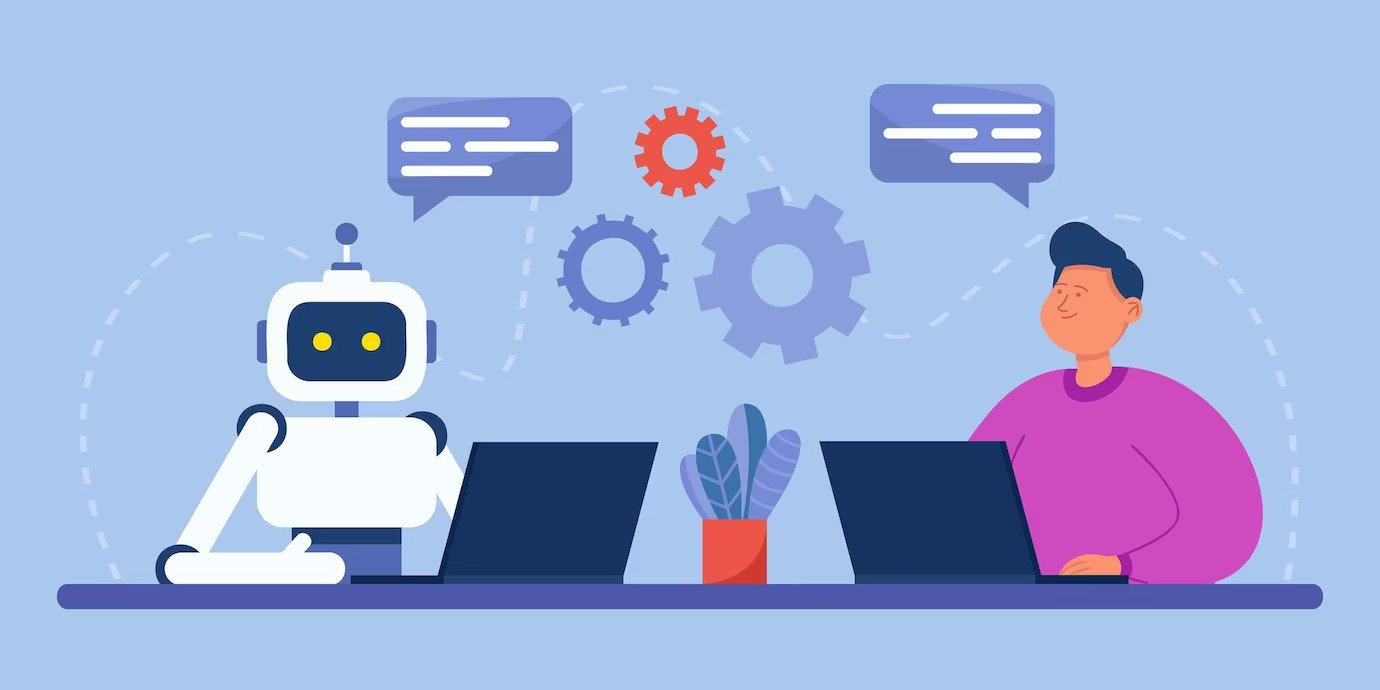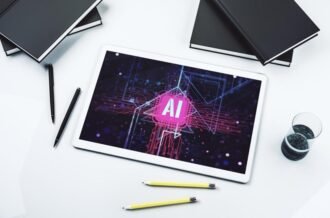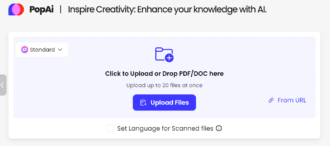How AI and Machine Translation Drives Innovation in the Tech Industry
- 1 The Rise of AI Translation Technology
- 2 Leveraging Machine Learning for Language Translation
- 3 Applications of AI Translation Technology
- 4 Ethical Considerations in Translation
- 4.1 Privacy and Data Security in Machine Translation
- 4.2 Augmenting Human Translators With AI Tools
- 4.3 Potential Integration With Voice Recognition and Speech Translation
- 5 Strategies for Minimizing Machine Translation Error
- 5.1 Contextual Understanding and Ambiguity Resolution:
- 5.2 Incorporating Linguistic Rules and Grammar Constraints:
- 5.3 Post-editing and Human Review for Quality Assurance:
- 5.4 Continuous Model Improvement Through Feedback:
- 6 The Future of AI Translation
In today’s interconnected world, we’ve reached a whole new level of connectedness. It’s all about bridging the gaps between different cultures and languages, which has become crucial for businesses, individuals, and society.
The requirement for effective language translation has sparked the development of Natural Language Processing (NLP), artificial intelligence (AI), and machine translation technology. It’s a game-changer in how we overcome those challenging language barriers.
Now, let’s explore how AI and machine translation drives innovation in the tech industry and shape the future of language learning.
The Rise of AI Translation Technology
AI for translation technology has made remarkable progress in recent years. We’ve witnessed a shift from traditional translation systems that relied on strict rules to more advanced methods that utilize neural networks and deep learning algorithms.
These cutting-edge techniques enable machines to absorb extensive data and generate increasingly accurate translations.
Neural Networks and Deep Learning Algorithms
The design of these systems aims to mimic the neural connections and learning processes observed in the human brain. By analyzing and processing large datasets, neural networks can identify patterns and linguistic structures, allowing them to produce more precise translations.
Training Data and Models for Enhanced Accuracy
Translation technology that uses artificial intelligence systems relies heavily on extensive training data to achieve higher accuracy. This data consists of vast collections of multilingual texts and parallel corpora, which utilizes to train the translation models.
By harnessing a larger quantity of data, the models can grasp the intricacies of different languages and achieve enhanced accuracy in their translations.
Leveraging Machine Learning for Language Translation
Machine learning holds a pivotal position in AI for translation technology. By leveraging machine learning algorithms, translation models can continuously improve their performance as time progresses. With exposure to additional data and feedback, these models acquire the ability to fine-tune their translations and adjust to particular language pairs or domains.
Efficiency and Scalability
The efficiency and scalability of translation technology using artificial intelligence are truly remarkable. Unlike human translators, who face limitations in terms of time and resources, machines can swiftly process translations.
They can simultaneously handle significant amounts of text in multiple languages, making them essential for businesses and organizations that require fast and accurate translations.
Handling Large Volumes of Data
With the rapid growth of digital content, it has become crucial to translate vast amounts of data. AI for translation technology demonstrates exceptional capabilities in managing these extensive volumes of data, enabling the efficient translation of large quantities of text.
This ability is of great value, particularly for online businesses, social networking sites, and multinational companies that regularly handle enormous amounts of content in various languages.
Automating Repetitive Tasks
AI language translation technology excels in automating repetitive tasks, such as converting product descriptions and addressing customer support inquiries. This automation enhances efficiency, resulting in financial savings for businesses while enabling human translators to focus on more complex and creative assignments.
Applications of AI Translation Technology
Many industries and sectors cannot overstate how AI translation technology plays a crucial role. For instance, e-commerce businesses can leverage this technology to convert product listings, customer reviews, and marketing content, allowing them to expand their reach to a worldwide audience.
Enabling smooth communication between travelers and service providers in the travel and hospitality field, effectively breaking down language barriers. Moreover, government agencies and international organizations can employ AI translation to strengthen diplomatic ties and foster cross-cultural comprehension.
Ethical Considerations in Translation
The advantages of AI translation technology are diverse, but it also triggers ethical considerations. Culture and language intertwine closely, and the intricacies of translation can sometimes escape automated systems.
Machines may encounter difficulties while capturing subtleties and context-bound significance of specific terms or expressions. Highlighting the indispensable role of humans in guaranteeing precise translations that honor cultural sensitivities and uphold the integrity of the original content.
Privacy and Data Security in Machine Translation
Privacy and data security emerge as crucial factors to take into account. AI translation systems depend on extensive data, frequently encompassing confidential details. Establishing precautions becomes essential to shield user data and guarantee adherence to privacy regulations.
Companies must prioritize data security and enact measures to thwart unauthorized access or misuse of translated content.
Augmenting Human Translators With AI Tools
Rather than replacing human translators, AI translation technology is a valuable tool to augment their capabilities. By providing automated suggestions, glossaries, and quality checks, AI tools can enhance the productivity and accuracy of human translators. This collaborative approach combines the strengths of humans and machines, resulting in high-quality translations that meet the demands of fast-paced industries.
Potential Integration With Voice Recognition and Speech Translation
Integrating AI in translation technology with voice recognition and speech translation opens up exciting possibilities for real-time language translation. Envision a future where face-to-face conversations or international conferences effortlessly transcend language barriers.
Through harnessing the progress in speech recognition and machine learning, AI translation has the potential to facilitate smooth and organic communication among individuals who speak diverse languages.
Strategies for Minimizing Machine Translation Error
While AI translation technology has made significant strides, it’s essential to create strategies to minimize machine translation errors remains a priority.
Below are some way you can enhance translation accuracy:
Contextual Understanding and Ambiguity Resolution:
Machines need to understand the context of the text to provide accurate translations. Enhancing their ability to recognize and resolve ambiguous phrases or words is crucial for improving translation quality.
Incorporating Linguistic Rules and Grammar Constraints:
By integrating linguistic rules and grammar constraints into the translation models, machines can generate translations that adhere to the structural and grammatical conventions of the target language.
Post-editing and Human Review for Quality Assurance:
Experienced translators have a crucial role in ensuring the quality of translations by performing human post-editing and review. They possess the expertise to thoroughly assess and enhance translations produced by machines, rectifying any mistakes or discrepancies that may arise.
Continuous Model Improvement Through Feedback:
Feedback loops are essential for improving translation models. Collecting feedback from human reviewers and users helps identify areas for improvement and fine-tune the models accordingly.
The Future of AI Translation
As AI translation technology continues to evolve, the future holds immense potential. Advancements in machine learning, natural language processing, and neural networks will contribute to even more accurate and context-aware translations. Facilitating seamless global communication and eliminating linguistic barriers, AI translation technology is gaining increasing importance.


















